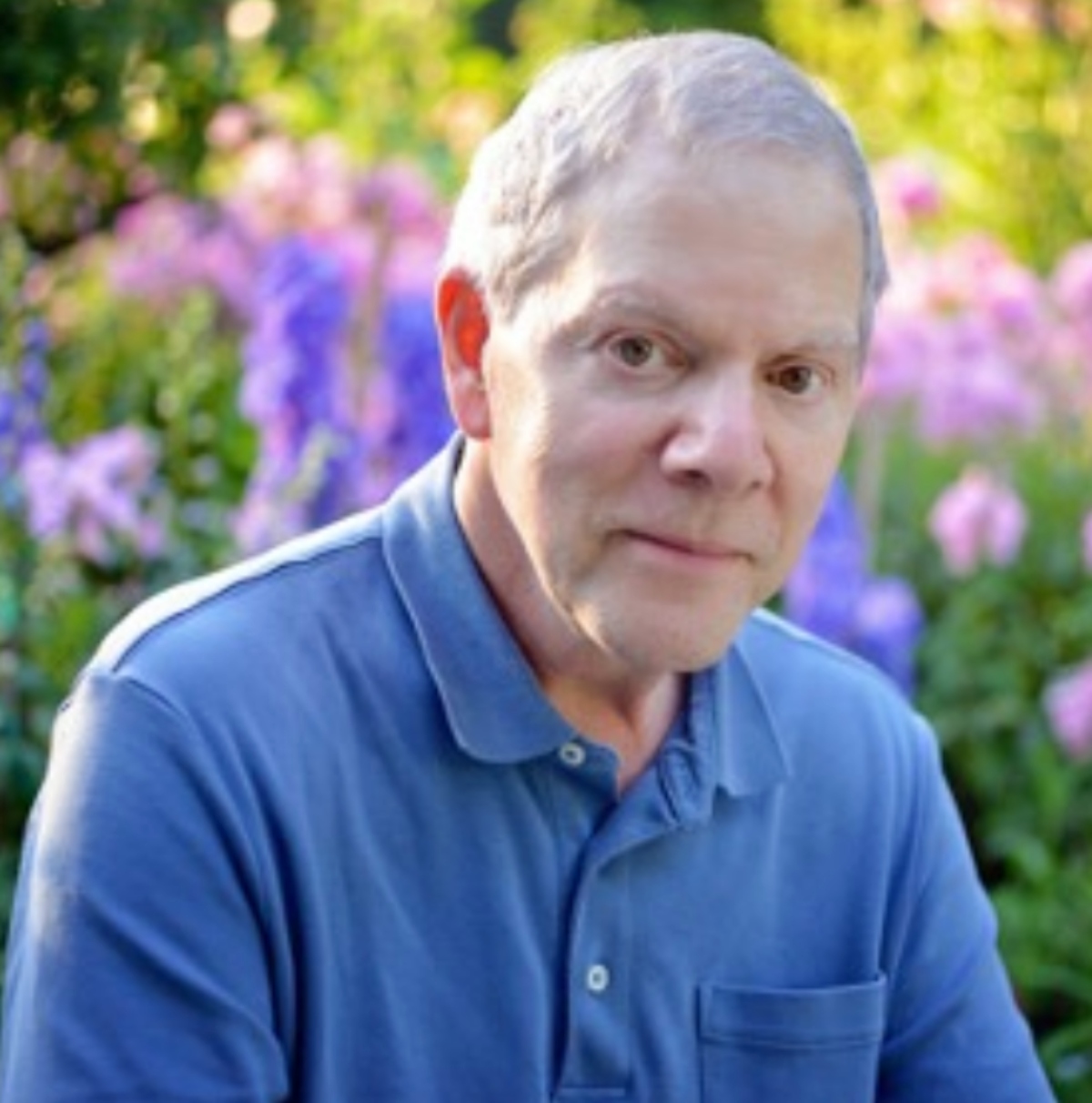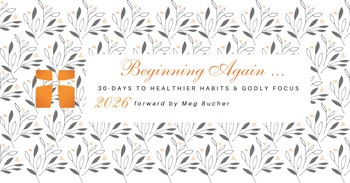Why Are We Here and Where Are We Going?
Art – in all its vibrant, varied forms – wields a singular power to simultaneously reflect and reveal: reflecting what we know to be true from our own life journeys and revealing destinations of paths bypassed or yet untaken. The insight and creativity of an artist through this universal medium invites access to and assessment of what appeals to and affects each individual mind and heart. Art can powerfully portray the universality of our time on earth: the natural life cycle of birth, growth, decay, and death. This process, once begun, marches forward at its own pace, indifferent to the qualms and delights of man. We are all in this process together, and we know it. Yet the passage of time, like the movement of clouds, is just slow enough that it is, at least most of the time, almost imperceptible.
Without fail, the older we get, the more compressed our earthbound sojourn tends to feel, forcing us to confront the brevity of our time on this planet. (This compression of time can occur sooner in our lives if we face an early loss of a loved one, major health problems, or other crises.) Whenever life’s fleetingness hits us, aspirations (wealth, success, approval) that once held so much appeal begin to lose their luster, and the chipping veneer alights in us a yearning for a more permanent, incorruptible source of hope.
Thomas Cole: The Moralist and Autodidact
Thomas Cole was a British-American painter born in Bolton le Moors, Lancashire, England, in 1801 and raised in Steubenville, Ohio. Largely self-tutored, Cole represents the archetypal American figure of the autodidact. In his twenties, he moved to Philadelphia and then to Catskill, New York. The latter remained his home except for a few years spent abroad until his early death at age forty-seven. Although he is best known for his landscape art, he began his career in the early 1820s as a portrait painter.
Cole is widely regarded as the founder of the Hudson River School art movement, an informal group comprising landscape painters influenced by European Romanticism and American expansionism in their idyllic depictions of the American landscape.
In his art, there is an immediate interplay between the pristine beauty of the breathtaking landscapes and the foreboding destruction brought on by civilization. Marked by distinctive melancholy and religious undertones, Cole’s paintings are imbued with moralistic motifs that expose his own complex, evolving feelings about what he saw as the cyclical nature of life. As an artist, Cole saw his creative capacity as a directive to effect positive change. He wrote, “I have been dwelling on many subjects and looking forward to the time when I can embody them on the canvas. They are subjects of a moral and religious nature. As such, I think it the duty of the artist to employ his abilities, for his mission, if I may so term it, is a great and serious one. His work ought not to be a dead imitation of things without the power to impress a sentiment or enforce a truth.”
The Solution to the Dilemma of Mortality
Through allegorical landscapes bursting with spiritual symbolism, Thomas Cole leveraged the beauty and glory of the natural world to explore the purpose of our limited time on earth. The Voyage of Life and The Course of Empire advise us not to mistake creation for the Creator and instead to put our faith in the eternal God, investing in those things which He tells us are essential and which last forever. Jesus spoke of these eternal investments in Matthew 22:37–39:
“You shall love the Lord your God with all your heart, and with all your soul, and with all your mind.” This is the great and foremost commandment. The second is like it, “You shall love your neighbor as yourself.”
God desires to welcome you into His eternal presence with open arms. The Bible teaches that we need only trust Jesus for the eternal life He offers us, a free gift secured on our behalf through Christ’s death for our sins and subsequent resurrection.
“For the wages of sin is death, but the free gift of God is eternal life in Christ Jesus our Lord.” - Romans 6:23
“But as many as received Him, He gave them the right to become children of God, even to those who believe in His name.” - John 1:12
The pervading imagery of the cross found in his artwork suggests that, to Cole, faith is about more than religiosity. For Example, in Expulsion, Moon, and Firelight, a beam of light forms a cross with the bridge between the fallen world and the Paradise of God. It is suggestive of that which bridges death and life: the Cross of Christ.
Cole’s own premature death left one of his final landscapes unfinished. Its name is fitting: Cross at Sunset.
During our brief earthbound sojourn, we are being prepared for our true home as citizens of heaven. This is the solution to the dilemma of mortality. If the best moments of beauty, intimacy, and adventure in life create longings in us—just imagine what their fulfillment will be.
"Blessed be the God and Father of our Lord Jesus Christ, who according to His great mercy has caused us to be born again to a living hope through the resurrection of Jesus Christ from the dead, to obtain an inheritance which is imperishable and undefiled and will not fade away, reserved in heaven for you, who are protected by the power of God through faith for a salvation ready to be revealed in the last time." - 1 Peter 1:3–5
Photo Credit: Unsplash/Eddy Klaus

Kenneth Boa equips people to love well (being), learn well (knowing), and live well (doing). He is a writer, teacher, speaker, and mentor and is the President of Reflections Ministries, The Museum of Created Beauty, and Trinity House Publishers.
Publications by Dr. Boa include Conformed to His Image, Handbook to Prayer, Handbook to Leadership, Faith Has Its Reasons, Rewriting Your Broken Story, Life in the Presence of God, Leverage, and Recalibrate Your Life.
Dr. Boa holds a B.S. from Case Institute of Technology, a Th.M. from Dallas Theological Seminary, a Ph.D. from New York University, and a D.Phil. from the University of Oxford in England.



.jpg)